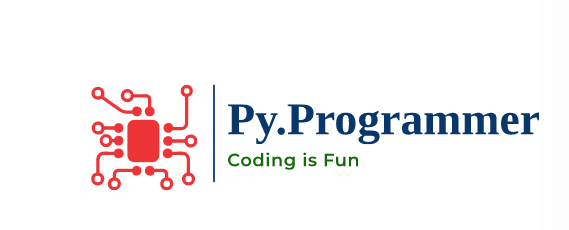The memory unit is the principal storage of the computer. It stores both data and instructions when entered. The data and instructions can also be stored permanently in this unit so that they will be available when required. The memory unit is linked with other parts of the computer and sends data to them when needed.
Computer memory is classified into two categories:
- Internal Memory
- External Memory
- INTERNAL MEMORY
Every computer has a certain amount of memory, usually referred as main memory. This is also called internal memory or primary memory Primary memory is a place where data and programs are stored temporarily as long as they are being executed. t is very fast and expensive but has limited storage capacity.
Internal memory of two types:
- RAM
RAM (Random Access Memory) is a type of computer internal memory that can be accessed randomly. Whatever information we enter into the computer goes into RAM and remains there as long as we are working on an application. It is a volatile memory as data and instructions are stored temporarily during its processing and lost forever when the computer is switched off.

Example: A blackboard is like a RAM that is constantly over written with new data. The commonly used calculator is another example of RAM.
Types of RAM:
- DRAM (Dynamic Random Access Memory): It stores data temporarily as the data is lost when power supply is Suspended. It needs to be refreshed periodically in order to retain data. This makes it slower than SRAM.
- SRAM (Static Random Access Memory): It is fast and expensive. It doesn't need to be refreshed like DRAM to retain information. It loses data when power is turned off.
- SDRAM (Synchronous Dynamic Random Access Memory): It uses a synchronous interface to transmit large amount of data at high speed. This improves the efficiency of a computer as data is delivered in shorter duration.
- DDR (Double Data Rate Memory): It is majorly used in Intel Pentium 4 systems. It requires lesser power and has speed which is double than that of SDRAM.
- ROM
ROM stands for Read Only Memory. It is a type of memory that can only read information as compared to RAM which can be both read and written. It is a non-volatile memory as it stores information permanently. Data stored in ROM can neither be modified nor removed. The primary use of ROM is during the booting process. This is the initial program to start a computer, when power is turned on.
Example: An audio-video disk resembles a ROM. Once the songs are burned on a CD the disc contents cannot be changed.
Types of ROM:
There are several ROM variants that can be changed under certain circumstances. The following are the different types of ROM
- PROM (Programmable Read Only Memory): The contents can be programmed using a special device known as PROM programmer. It is also called OTP (One Time Programmable ROM) which means, it can be programmed only once at the time of manufacturing and cannot be modified later. PROM provides a faster and less expensive approach for storing.
- EPROM (Erasable Programmable, Read Only Memory): It can be erased and reprogrammed repeatedly with the help of a specialized software. The contents stored on the chip can be erased by exposing it to ultraviolet rays. Reprogramming removes the entire content present on the chip. This procedure can be carried out many times, however, the constant erasing and rewriting will eventually render the chip useless. It is not possible to retain selective data from the ROM.
- EEPROM (Electrically Erasable Programmable Read Only Memory): The contents on the chip can be erased and reprogrammed in blocks instead of one byte at a time. It has the provision of selective removal, which means, we can erase particular data byte by-byte instead of erasing it completely.
- Flash Memory: It is a specific type of EEPROM, which maintains stored information even without a power source. The contents can be erased and reprogrammed into big sections making it faster than the regular EEPROM, Flash memory, being durable, is majorly used in memory cards, mobile phones, mp3 players etc.
- Masked ROM: It is a memory that is manufactured with its contents. This chip contains a software mask that is burned on the chip during the design phase of semiconductor manufacturing process. It is used in the computer systems that require long term sustainability.
CACHE MEMORY
Cache (Pronounced "cache") memory is a special high speed memory, that is also a type of physical memory which can either be inserted on a motherboard or made a part of the CPU.
The CPU uses Cache memory to store instructions that are repeatedly required to run programs, improving overall system speed. The advantage of Cache memory is that CPU does not have to use the System Bus of motherboard for data transfer and thus making the processing speed much faster. Cache is much more expensive than RAM, but it is well worth getting a CPU and motherboard with inbuilt Cache memory in order to maximize the system performance.
2.EXTERNAL MEMORY
External memory is also known as auxiliary memory or secondary memory. It is needed, since the main memory is temporary, expensive and insufficient to store a huge amount of data. Whenever required, the data for processing gets transferred from secondary memory to the primary memory. Therefore, data has to be stored separately in a secondary storage device to make it permanent and accessible for a longer duration of time. The speed of external memory is much slower than internal memory. Some commonly used external storage devices are:hard disks, CD/DVD, pen drive etc.
CONTENT SOURCE- FIT BOOK KIPS
/Amiga_1200_Kickstart_3.0_ROMs-56b429575f9b5829f82c66bd.jpg)

0 Comments